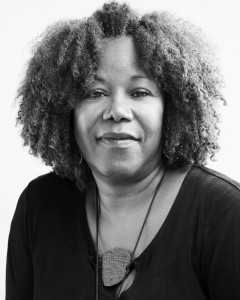Continuing the tradition of recognizing those who have embodied author John Steinbeck’s values in their actions and their lives, the Martha Heasley Cox Center for Steinbeck Studies honored civil rights icon Ruby Bridges with the Steinbeck award on February 24, 2016. Known as one of the youngest members of the Civil Rights movement, Ruby made history when she began the first grade as the first African American student at a previously segregated grade school. As depicted in the Norman Rockwell painting, “The Problem We All Live With,” and in a passage in Travels with Charley by Steinbeck himself, six-year-old Ruby walked straight ahead and didn’t look back, changing the face of education across the country as she went.
Protected from the pressure of the ordeal by “the innocence of a child,” Ruby remained in the formerly all-white school for the rest of the school year, studying as the rest of the students, over 500 children in total, were pulled out of the school by their parents. “I was never really afraid,” she recalls. She was also unaware that she was making history until she researched the Civil Rights movement event in her high school years in order to understand the role that she had played.
Ruby travelled abroad later in her life while working for American Express, which opened up the world to her. She realized she had been put on a path that she had yet to complete–something to do with the piece of history that she helped create. After being given a chance to tell her story, she realized what she had to do. In an effort to teach racial tolerance and understanding, she told her story from the eyes of her six-year-old self, using the power of honest portrayal and childlike observations to combat racism. She continues to speak in schools and to reach out to younger children, promoting curiosity and understanding. In doing so, she feels that she has accepted her calling, living up to the goals that the “little Ruby” who took those iconic steps years ago began, and will continue to take for years to come.
By Kaitlynn Magnuson


